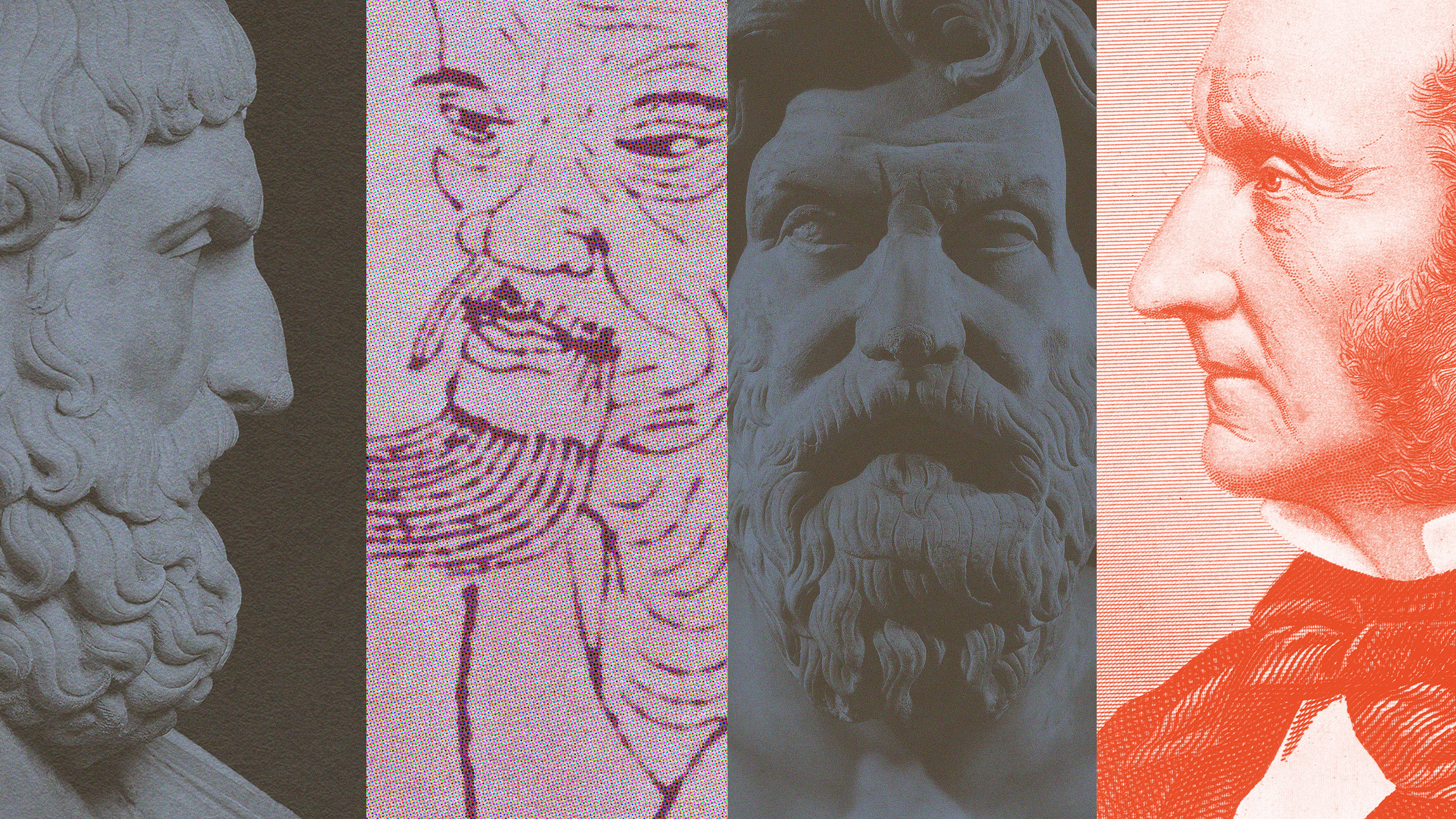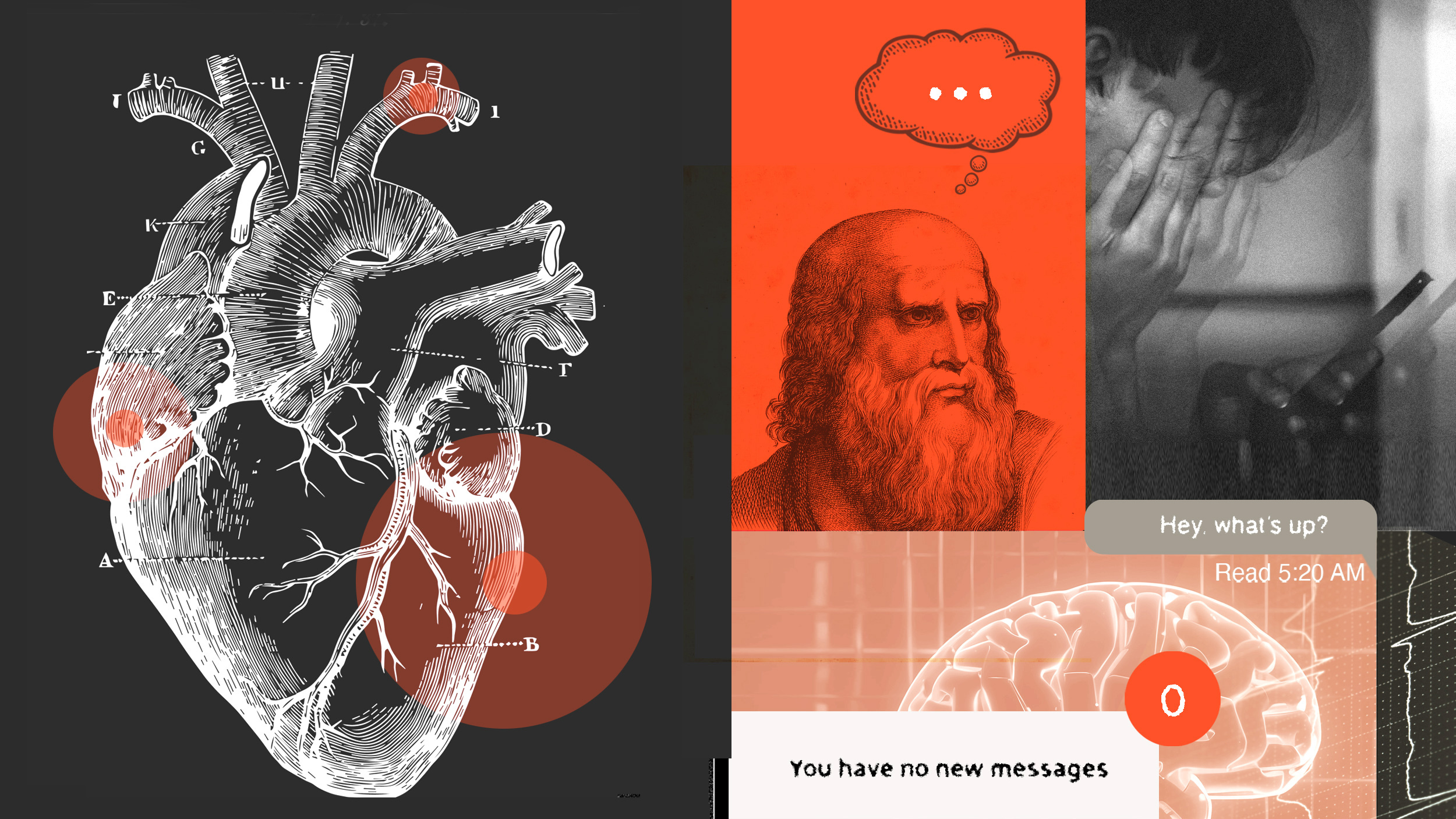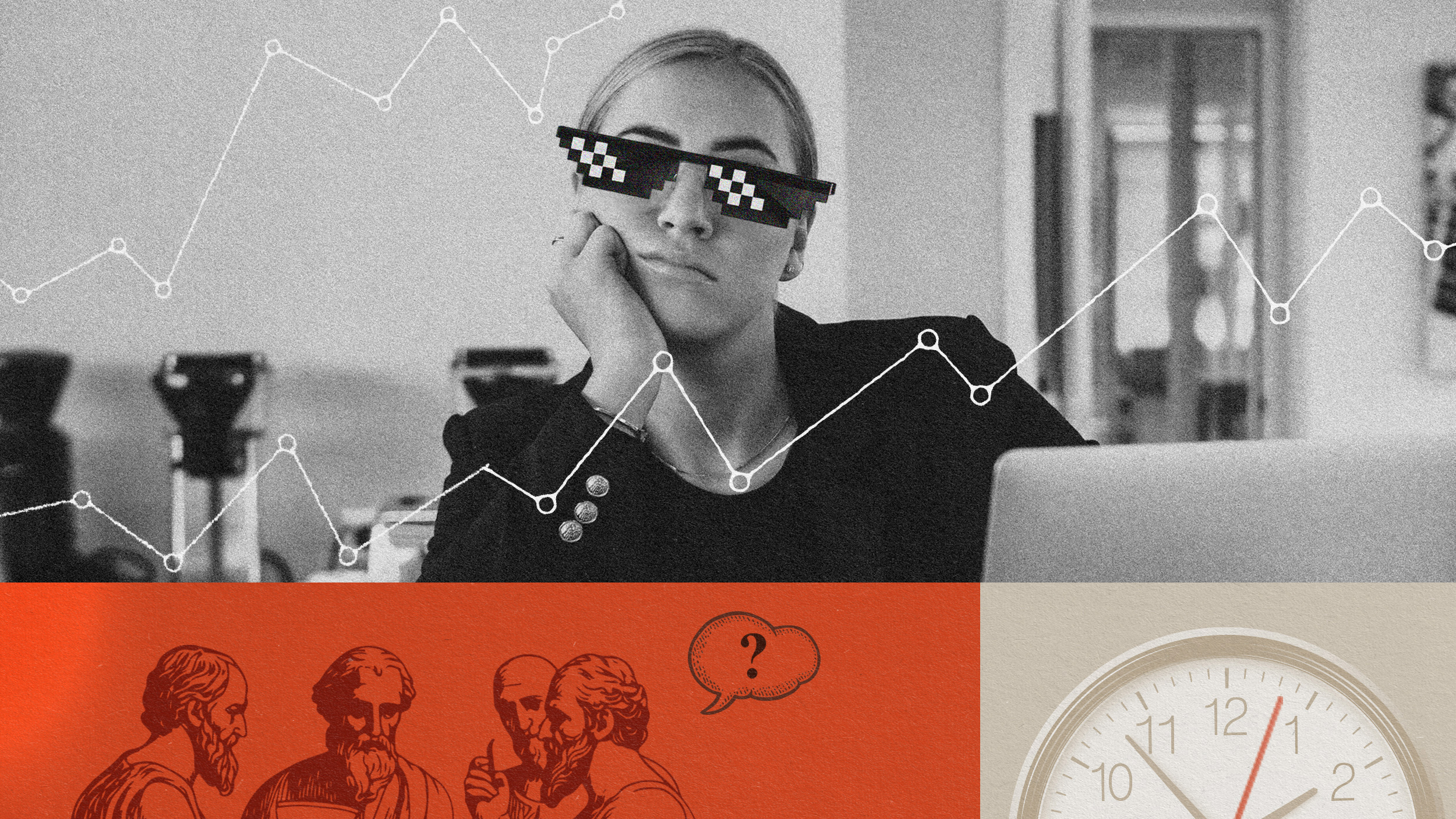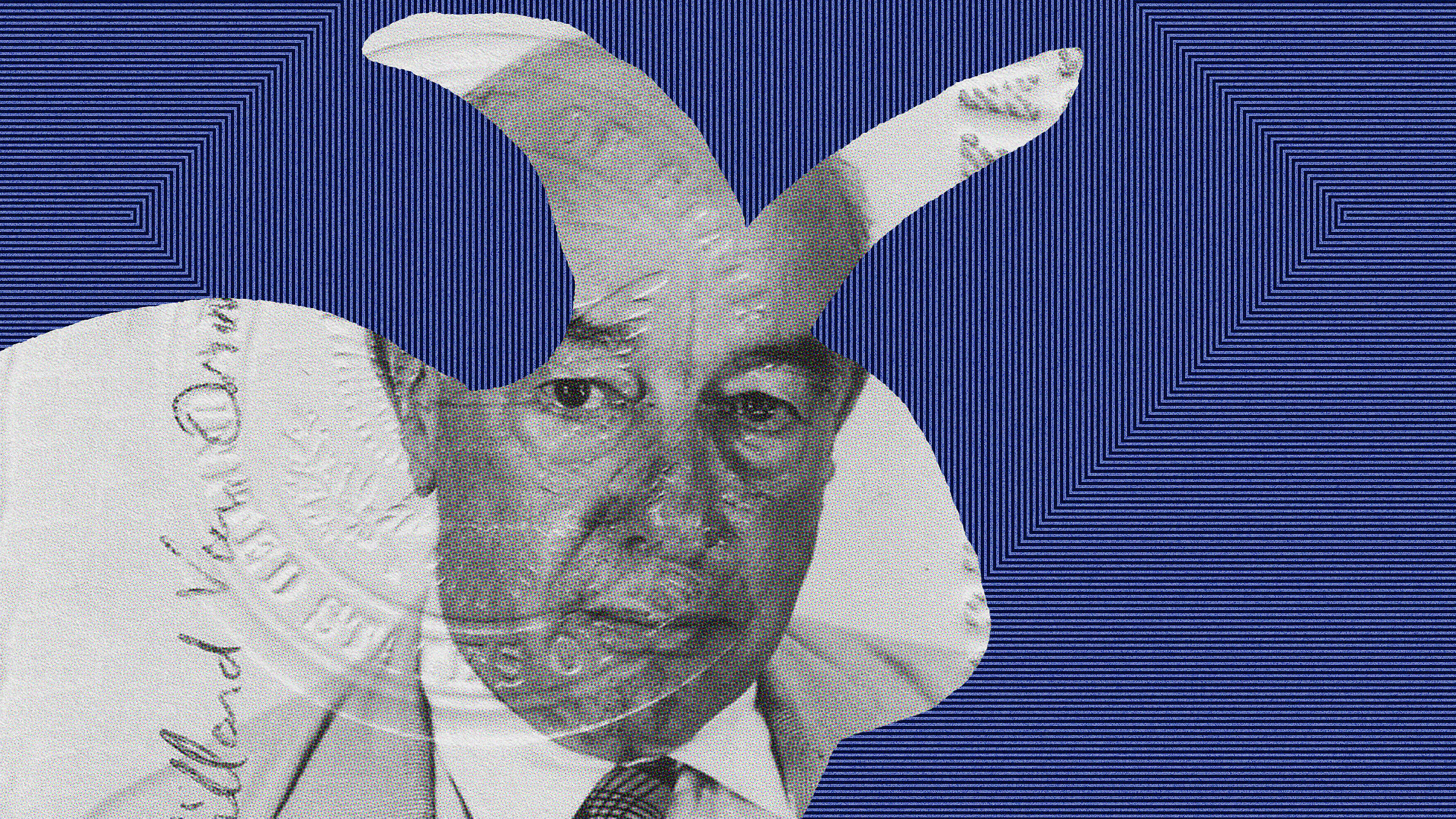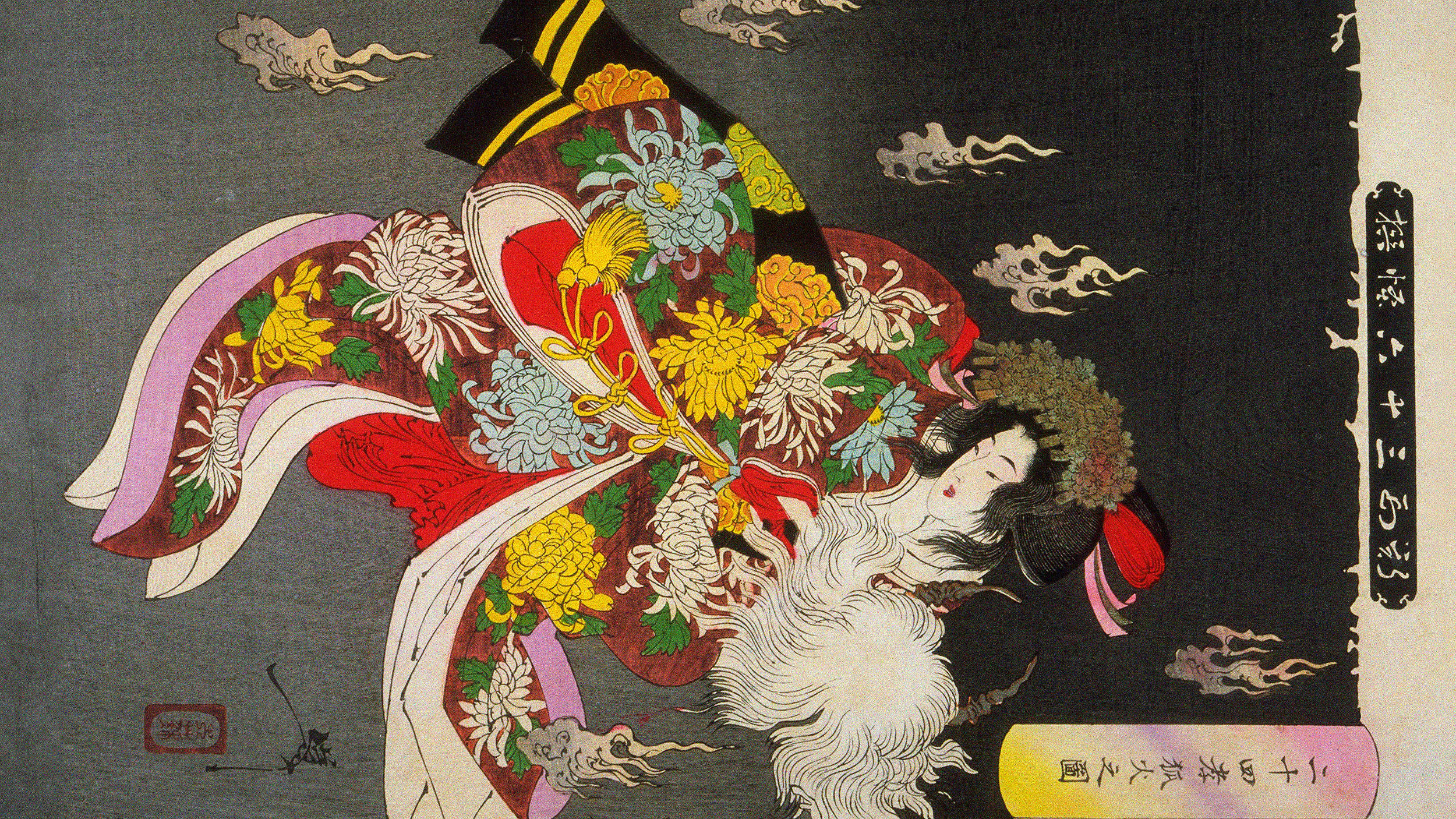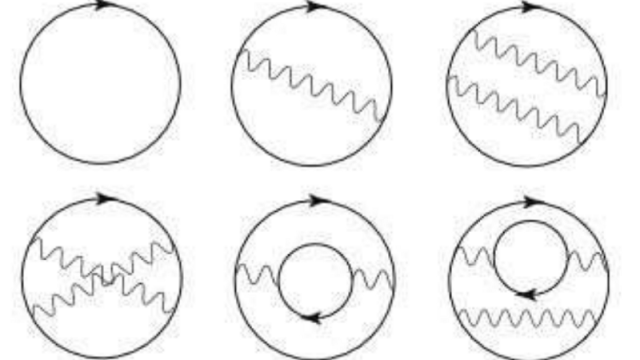New hypothesis argues the universe simulates itself into existence
This article has been retracted.

Credit: Quantum Gravity Institute
Tetrahedrons representing the quasicrystalline spin network (QSN), the fundamental substructure of spacetime, according to emergence theory.
The content of this article has been removed because it does not meet Big Think’s editorial standards.
